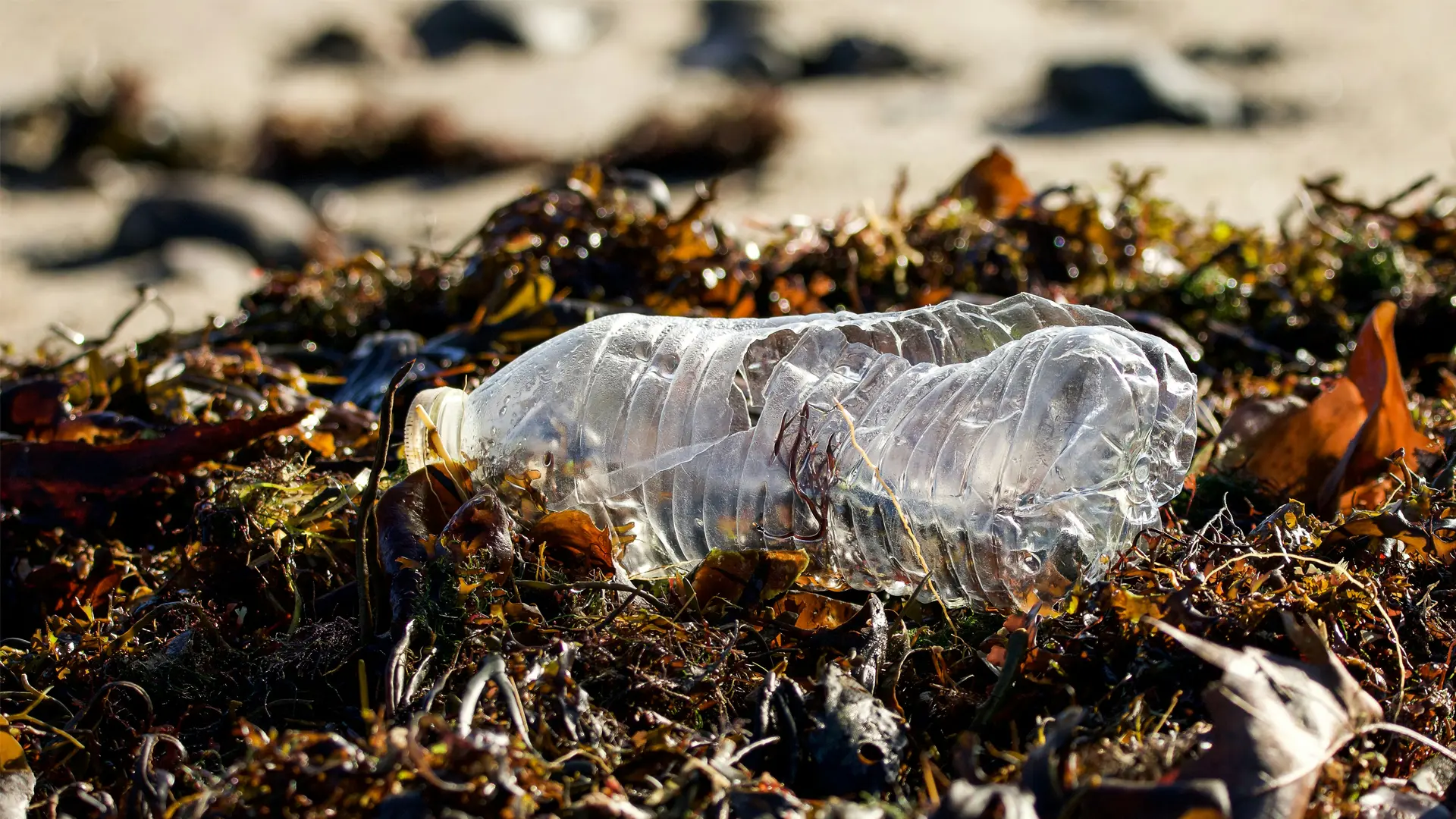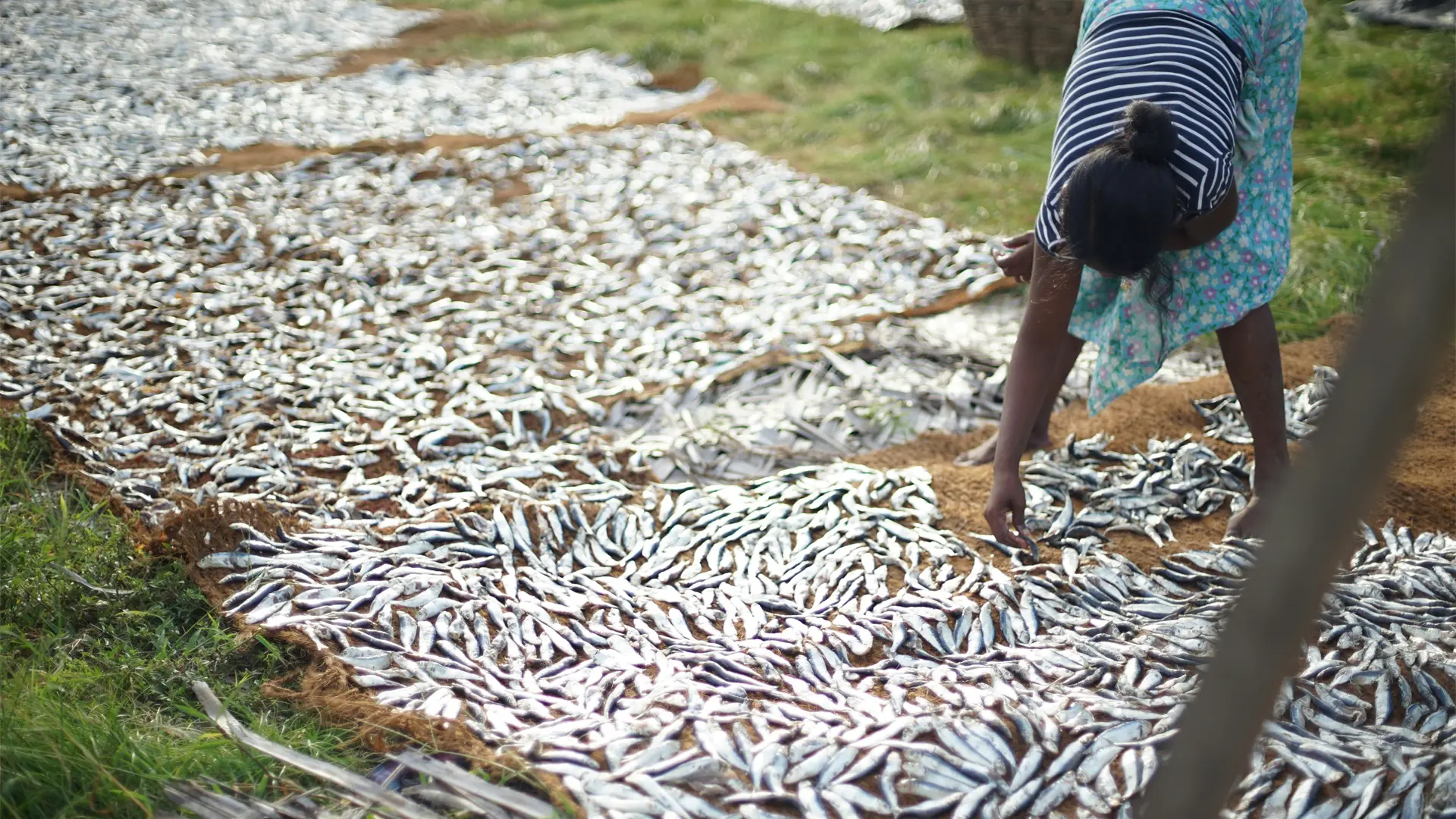
By Sachini Goonetilleke
Nurdles are 2mm to 5mm sized pre-production plastic pellets which have the shape of a lentil or pea. They are considered as microplastics due to being less than 5mm in size and are the building blocks used to manufacture all kinds of plastic products from bottles to toys to computers and even car components. As ‘cute’ as the name may sound, Nurdles are far from being harmless to our planet. They are the second most polluting type of microplastics found in our environment.
Nurdles are formed from fossil fuels. Creating and transporting them emits greenhouse gases. Further, spillage during stages of the plastic production process such as at production sites, during transportation and at manufacturing stages lead to them ending up in drains or waterways and finally in the ocean. This causes severe harm to wildlife as well as to humans. Shipping these small pellets across the ocean can also lead to spilling in larger volumes if the packages and containers on board the vessels are not tightly secured.

Image by Eranga Jayawardena
In 2021, Sri Lanka went through what the UN classified as Sri Lanka’s “worst maritime disaster”, where we saw 1680 tonnes of nurdles spill into the ocean from the X-Press Pearl shipwreck. According to the UN, this was the largest plastic spill in history. As easy as it may be to transport these small pellets, it is very difficult to remove once they have spilled into the ocean. Not only is it not retrievable due to its small size but the ocean currents can carry them to far away locations.
Nurdle leakages in the environment have become a huge threat to wildlife where many fish, marine animals and seabirds mistake the pellets for food. Due to the shape, size and colour of the nurdles they could easily pass off as fish eggs to animals. Consuming them make these animals feel full once they are trapped inside the animals’ stomachs where they end up starving to death. Since these plastic pellets are created from fossil fuels there is a higher chance for toxic chemicals to also transfer to the animals who consume them. This is detrimental not only to wildlife but to humans as well since chemicals enter the food chain. These pellets could also change certain characteristics of sand such as the temperature and permeability which could have a negative impact on animals like sea turtles who lay their eggs on beaches.

Nurdles. Image by Gentlemanrook
Microplastics such as nurdles are becoming a major concern worldwide since there is no practical solution to remove them from the ocean compared to bigger plastic items such as plastic bags bottles, nets etc. As much as beach cleanup events could help to remove nurdles from our beaches, action should be taken to stop nurdle pollution at the source itself. Most of the pollution occurs due to negligence and ignorance in producing, packaging, and transporting them. The X-Press Pearl disaster is a good example for this. To avoid such a disaster happening in the future and to protect our environment from microplastics, the industries that produce and use nurdles should be held responsible at all costs

Climate Change Impacts on Fisheries and Aquaculture in Sri Lanka
By Moira Alfred Sri Lanka, a tropical nation near the equator, is heavily reliant on its fisheries and aquaculture industry. However, this island, renowned as

The Plastic Journey: From Oceans to Plates – Unveiling the Invisible Threat
By Dilshani Maralanda Plastic pollution has become a serious global issue, transforming our beautiful, biodiversity-rich oceans into vast dumping grounds. Unlike natural materials, plastics are

The Unsung Heroines of Sri Lanka’s Coastal Fishing Communities
By Nadithi Jagoda When we picture Sri Lanka’s coastal fishing industry, images of fishermen hauling in their daily catch often come to mind. But behind
